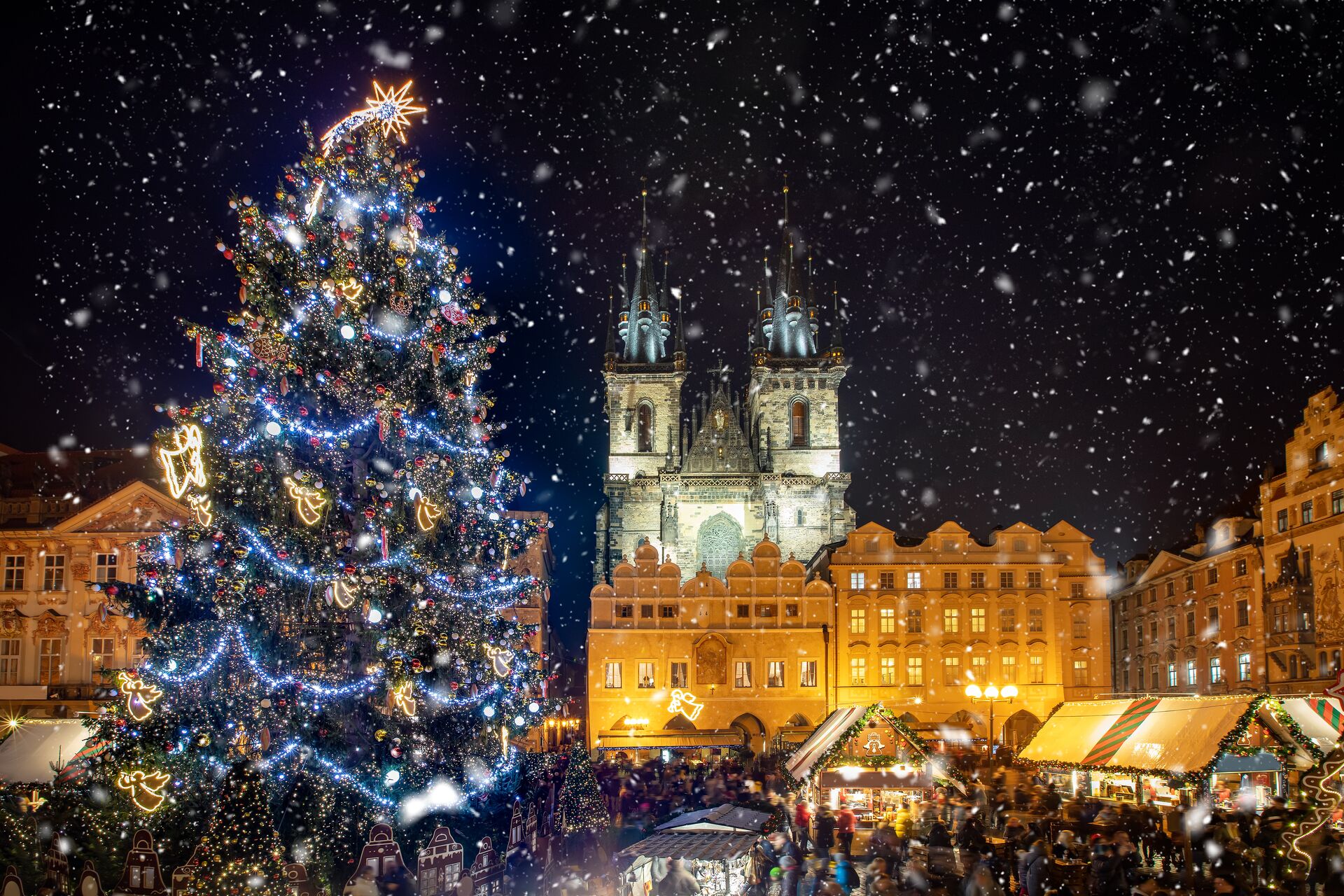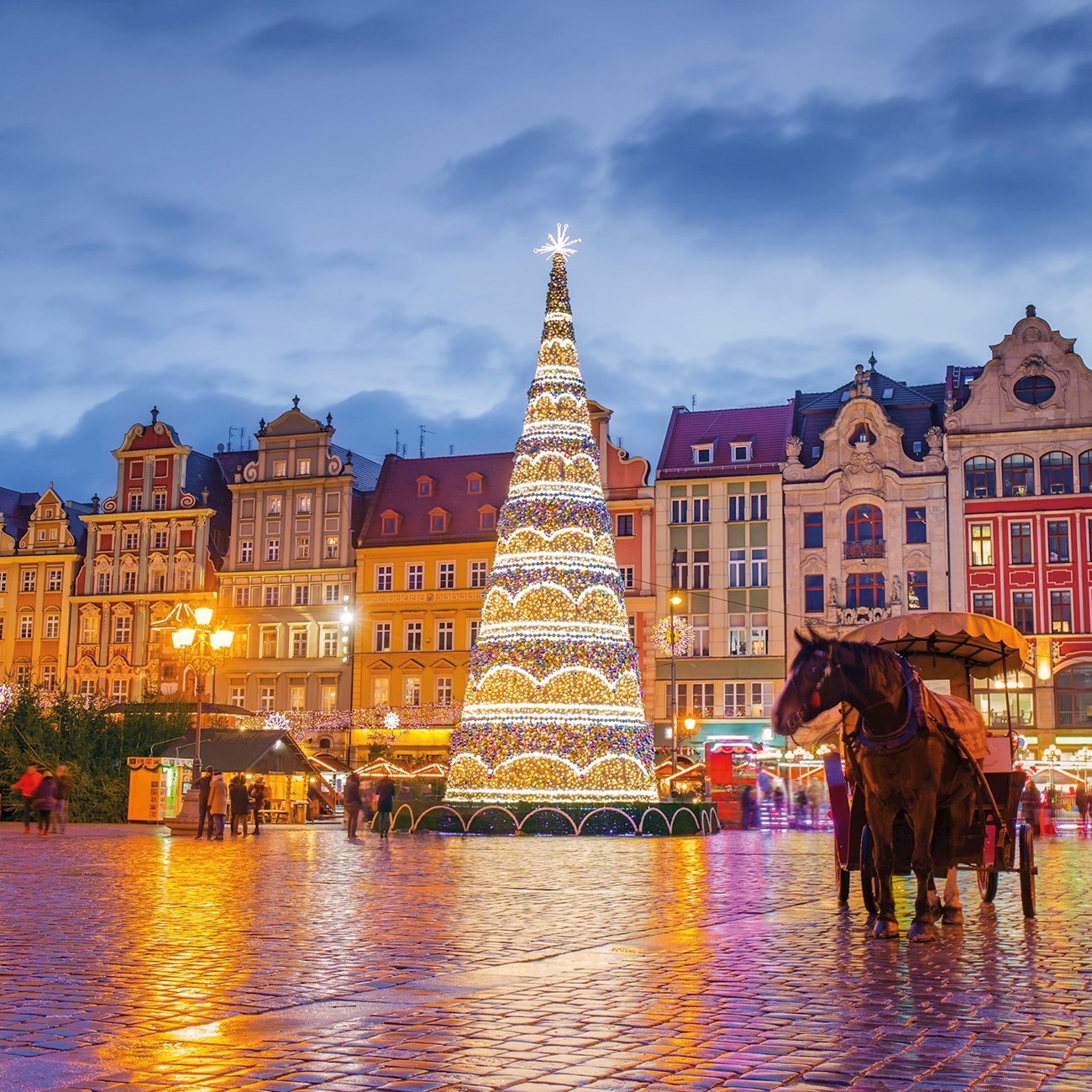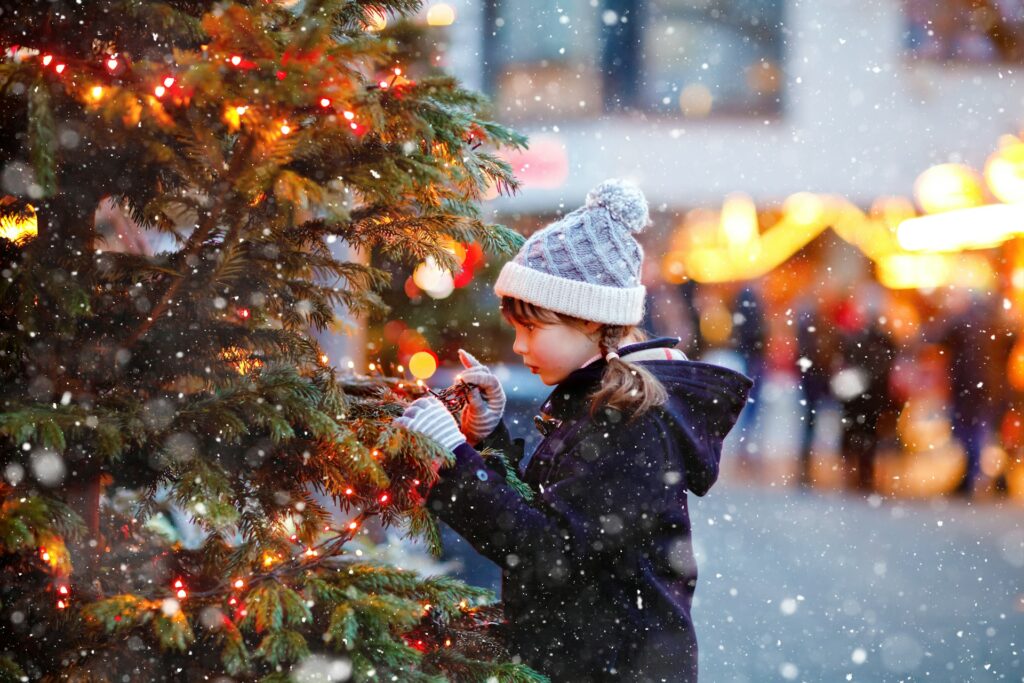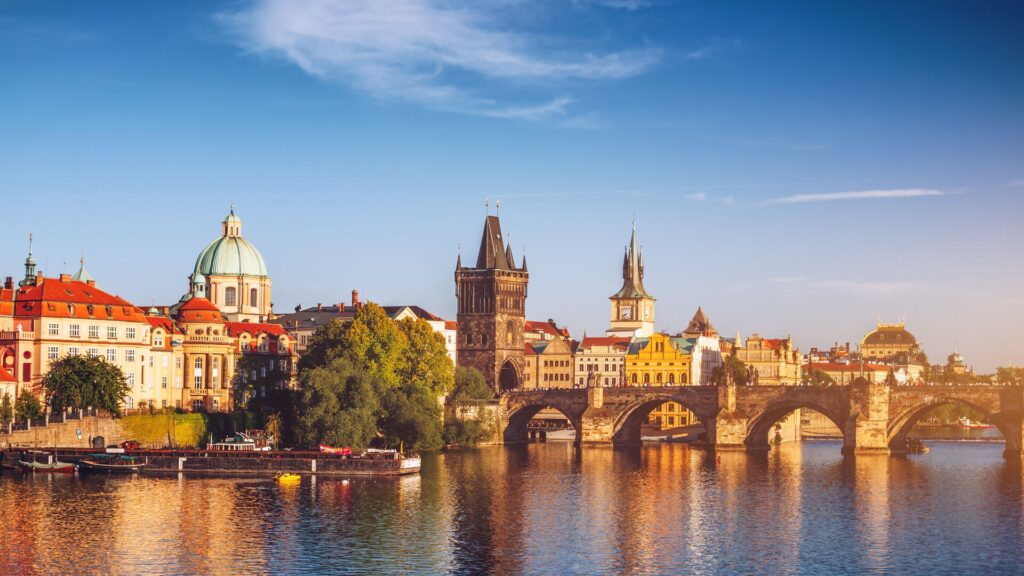20 Best Christmas Markets in Europe You Need to Visit This Winter
Exploring Unusual European Christmas Traditions With Expert Carl
Freshly polished shoes put out on the doorstep, witches delivering presents, and throwing pudding at the ceiling, European Christmas traditions are both varied and intriguing.
Travel Director Carl, this week’s Insightful travel trivia expert, shares the traditions of his native Austria, along with many others from Europe that may surprise you.
Carl also inspired this week’s travel trivia quiz questions, clues to which are in this article. Take a read, then play the game.

Silent Night, Holy Night was written in 1816 by Joseph Mohr from Salzburg. It is translated into 320 languages and dialects.
Festive Celebrations – Many Days in Many Ways
“Christmas is celebrated many ways and over many days in Europe, with many countries celebrating on Christmas Eve,” Carl tells us. “Some traditions may seem more unusual than others, but all are united in the spirit of festivities and friendship.
“I grew up in Austria, where Christmas is celebrated similarly to most Central European countries, with a countdown of events and intriguing traditions. Austria doesn’t traditionally have a Santa Claus, here, it’s the Christkind (the Christ child) that comes bearing gifts. He’s an angel-like figure, with blond curls, feathered wings and a halo.
“Our celebrations begin on St. Barbara’s Day, December 4. On this day, we cut a branch from an apple or cherry tree and place it in our room, eagerly watching for it to bloom on December 24th.
“In preparation for the festivities, we bake Christmas cookies such as gingerbread, vanillekipferl (small crescent shaped biscuits) and husarenkrapferl (an almond shortbread with a dollop of jam) to share with friends and family.”
A Starring Role for Shoes
“In Austria, on St. Niklas Day, December 6, children’s shoes are put in front of the door,” Carl tells us. “St. Niklas will come by with nuts, chocolate and tangerines.”
This festive tradition is also found in The Netherlands and Germany. Children polish their shoes and boots, placing them outside. “The next morning, if they have been good, their boots are filled with sweets, nuts, and small gifts. However, if they’ve been naughty, they might find only twigs,” Carl warns.
“Staying on the topic of shoes, in the Czech Republic, it is a curious European Christmas tradition for single women to throw a shoe over their shoulder. It is thrown toward the door to discover what their future holds in terms of love.” According to a popular superstition, if the toe of the shoe points toward the door, it signifies that the woman will marry in the coming year. Conversely, if it points the other way, it is considered unlucky.
The All Important Christmas Letter
“On the first Sunday of Advent, we will write letters to Christkind with all our wishes for Christmas gifts,” Carl says fondly. “The letters are put in between the windows and later Christkind will fly by to collect them. In Austria, we even have a special post office for mailing these letters.
“Did you know that in Portugal, it is the Three Wise Men who bring gifts? Most children in Portugal write their Christmas letters to the baby Jesus instead of Santa Claus.” Another unique European Christmas tradition seen in Portugal is leaving an extra seat at the dining table for deceased relatives, a practice known as ‘Consoda.
“In Germany there is a post office that replies to all letters,’ Carl says of the story of Himmelpfort.” Legend has it that back in the late 20th century a local postal worker started responding to the handful of letters addressed to Santa, to bring joy to children during the holiday season. Over time, this practice grew, and Himmelpfort became known as a symbolic location for Santa’s correspondence.”
The local post office embraced this tradition, creating a system for volunteers to write personalized replies to the letters sent by children. Now some 300,000 letters are received and replied to each year.
Save up to $3,000* per couple on your first Premium Tour
Plus receive latest offers, travel inspiration, and discover how your travels will make a positive impact. Together, WE MAKE TRAVEL MATTER®. Subscribe Now
A typical Czech Christmas meal is carp soup and fried carp served with potato salad. However, some Czechs buy these carps alive before Christmas and keep them in a bathtub at home.
Always at the Centre is The Tree
“After full moon (this year December 15), my family and I will go to a market and select the tree together,” says Carl. “We always buy from the same farmer, who comes to town from the Danube Valley. The tree will be delivered to our home on December 23 then Christkind decorates the tree with real candles.”
While many Christmas tree traditions originate from Germany, the first documented use of a Christmas tree is claimed by Riga, Latvia. However, this assertion is contested by Estonia, as both countries claim to have displayed the first Christmas or New Year tree in their capital cities during the late 13th or early 14th century.
“In Ukraine its considered lucky to have a spider’s web on the tree, whether as an ornament or a large covering, stemming from the Legend of the Christmas Spider,” Carl says. According to the tale, a poor family unable to afford decorations finds their tree beautifully adorned with a spider’s silvery web on Christmas morning.
Christmas Eve and Christmas Dinner
“What is eaten at Christmas depends both in tradition and on your family,” Carl says. “In Austria we eat carp, fish, goose or Wiener Schnitzel, and a “Kaiserschöberl” (emperors schoeberl) soup. After dinner, we wait for the silver bell to ring – this is when Christkind will put the gifts under the tree, the candles are lit, and it is time to exchange gifts.
“You will find some unique Christmas traditions in Norway, one of which involves eating a sheep’s head—an actual main course, not a humorous name for a cake. While in Greenland, a traditional festive dish is mattak, which consists of whale skin with blubber!
“In Slovakia, there’s a custom where the eldest man in the room takes a spoonful of pudding and throws it at the ceiling. The amount of pudding that sticks is believed to determine his luck for the coming year.
“However, in Austria we will stick to singing “Silent Night” along with other Christmas songs. Did you know this famous carol was composed in Austria in 1818? Finally – the gifts are given out one by one, slowly… such wonderful traditions….”
“Over in Spain on Christmas eve, keep an ear out for the song “Mil euro, mil euro.” This is the National Christmas Lottery, or Lotería de Navidad, a chance for a huge Christmas bonus.” This state lottery has held annually since 1812 and is the second oldest permanent lottery in the world. Offering the biggest prizes, the lottery is such a deeply rooted tradition in Spain, it was held even during the Civil War.
Scary Characters
“Not all traditions are so warm and welcoming, in fact there are some scary characters out there’” says Carl. “In particular Krampus whom we have in Austrian folklore.”
Also ‘found’ in Slovenia, Germany, the Czech Republic and Hungary, this horned, half-goat half-demon traditionally accompanies St. Nicholas during the Christmas season. Krampus punishes misbehaving children by scaring them and is a formidable sight. Often depicted with fur, horns, and fangs, he symbolizes the darker side of holiday traditions, serving as a warning to behave.
“Then you have Jólakötturinn, the “Yule Cat” – a terrifying feline from Icelandic folklore. He is said to eat anyone who doesn’t receive new clothes for Christmas!”

And For Some There’s More to Come
In many European countries the celebrations don’t end on December 25. “In Italy, children eagerly anticipate the arrival of La Befana, a witch who visits on January 5,” says Carl. “Each year, La Befana flies on her magic broom, searching for the baby Jesus while bringing gifts to children along the way. However you will be spending the holidays, I wish you all a fabulous festive season.”
Inspired to give the gift of travel? Browse our full collection of premium tours
LIKED THIS POST? SHARE WITH YOUR COMMUNITY






